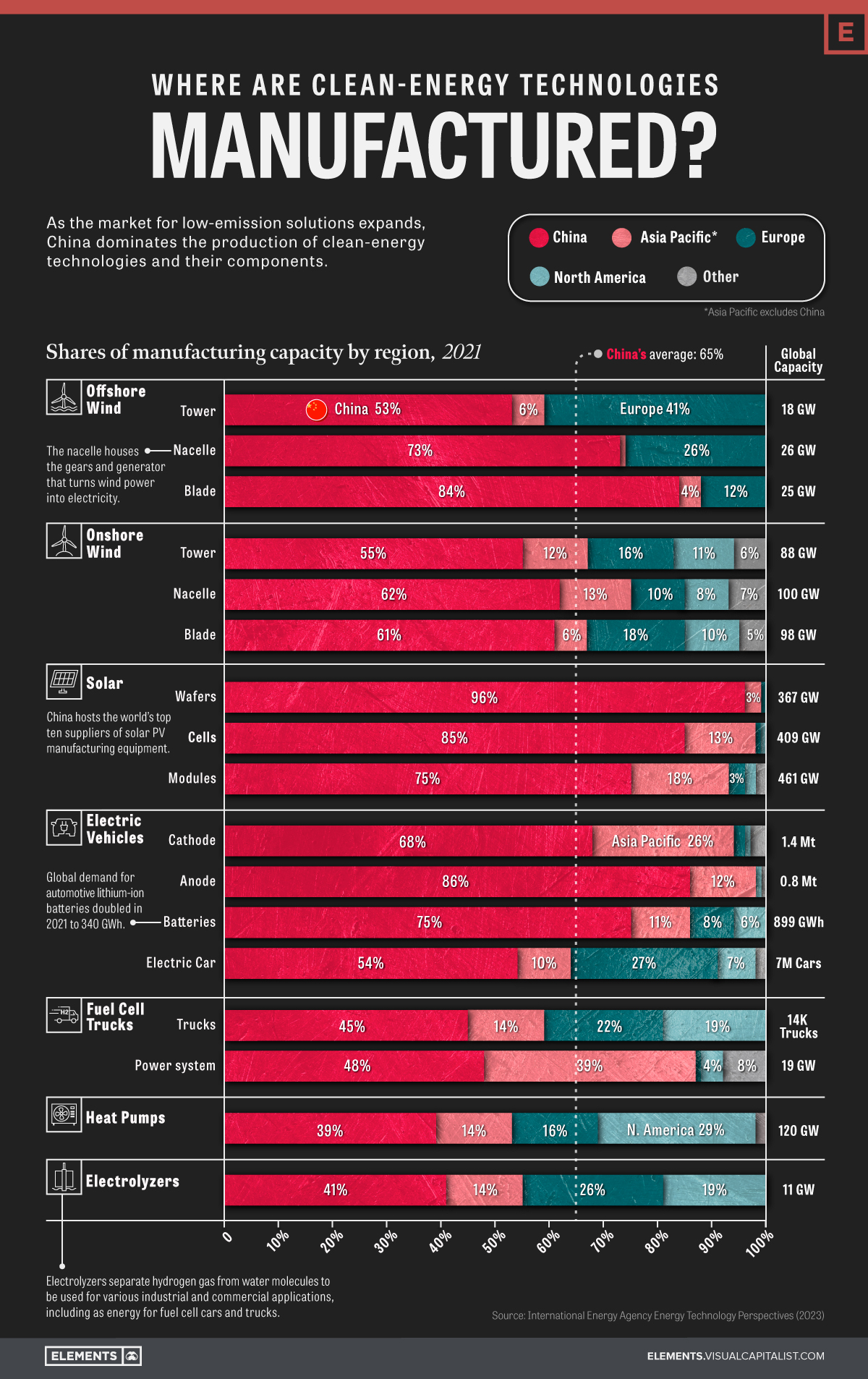Calgary·Opinion
If rural Alberta lacks support for agriculture's future, others will swoop in
Better internet just one connection politicians must make
to protect our communities
This column is an opinion by Mark Olson, a farmer and ag-tech company founder near Cremona, Alta. For more information about CBC's Alberta election 2023 opinion series, visit the My Priority home page.
When we took over the family farm 12 years ago, we realized the solutions to many of the world's critical challenges — food security, climate change and energy transition — all involve agriculture in temperate regions like Alberta. Agriculture in rural Alberta appeared, at the time, to provide unlimited opportunity.
My 19-year-old son is now deciding his life's path. While he loves his pickup truck and rural roots, it saddens me that my spouse and I cannot unconditionally advise him to remain here.
Among our politicians, we see little willingness to address or even recognize the crossroad now facing rural Alberta.
One of the very few regions in the world that have significant capacity to add to the global food supply, Western Canada's geography, stability, and business capacity make it extremely attractive to foreign investment.
Agriculture can expand its already significant and sustainable contribution to Alberta's prosperity. But rural Alberta needs different resources and new attitudes if we are going to engage this opportunity and ensure it is exploited to the benefit of Alberta and, in particular, rural youth.
Alberta beefs
Mobile voice and data is unreliable at our home, and completely unusable five kilometres east of us. Our internet speed is one-tenth the minimal standard for broadband, and that is on the days it is not snowing, or windy, or when the necessary 15-metre mast has not been toppled by a moose running into a support wire. It's even worse if you're not living as close to Highway 2 as we are.
We have four different addresses; a rural mailbox, a municipal/911 address, a legal land location, and a premises identification for food safety. We avoid internet shopping because we have no way of knowing whether a package will end up on our doorstep, in our mailbox, at our post office or abandoned at a random depot several towns away.
We travel 30 minutes each way to access our family doctor; many rural residents cannot find a family physician. It's one hour to access any other form of health care.
Rural communities struggle to attract new Canadians, whose talents we desperately need, but who are understandably hesitant to choose communities that offer fewer amenities than the ones they left.
Twenty years ago, I dealt with one of the province's district agriculturalists 25 kilometres away in Olds, who was well aware of our local conditions and needs. Now, we have to phone overworked specialists in Edmonton.
Global capital is very aware of the profits Canada's strategic advantage in agriculture will deliver. If rural Alberta cannot access the resources and support necessary to exploit this opportunity, then investors in other parts of the world will come and seize it for themselves.
With the opportunities for rural youth often much better in urban areas, land is now often sold, rather than passed on to the next generation.
And increasingly, the highest bidder for agricultural land is an out-of-province buyer, as was the case for the property next to us.
Rural Albertans are innovative, pragmatic and entrepreneurial. We are accustomed to rapidly implementing solutions to challenging and changing conditions. But this will not be sufficient for us to survive if we are abandoned to compete, unassisted, against billions of dollars in non-resident investment.
Similar opportunities and risks exist in rural tourism and energy transition.
Planting the seeds
Where should the conversation start? The provincial government's own "Realizing the Potential for AgTech in Alberta" last year identified solutions that could be rapidly implemented. Programs have been in place for years to deliver fast, universal, and Canadian-owned rural internet; they must be made a priority and resourced. Health care is already an election issue; exploring options in alternate care and telecare is overdue.
Asylum seekers who have risked everything are crossing into Eastern Canada. How do we attract them and other new Canadians to our communities, and give them enough amenities to want to stay? Alberta's farm support programs must focus less on minimizing risk, and more on innovation and securing more rural investment.
Telling rural Albertans what many of us want to hear, that everything will remain as is, may win this election. Ignoring rural Albertans, and focusing on the issues relevant to the urban voters that make up the majority of the electorate, may win this election.
But my family's votes, including my son's first one, will go to the candidate who demonstrates they understand the generational opportunity before Alberta — plus the risks of losing it to outsiders who have a better appreciation of Alberta's potential than ourselves — and secure a prosperous and self-determined future for rural Alberta.
My Priority
What's the one thing that means the most to you in terms of the provincial election and why is that? We recruited over a dozen residents from across Alberta to answer that question.
Read their opinion pieces as they're published at cbc.ca/opinionproject.
Keep in mind, these pieces should not be taken as endorsements of any particular political party by either the writers or the CBC. They are expressions of the writers' points of view, and a look at how those opinions came to be formed.












